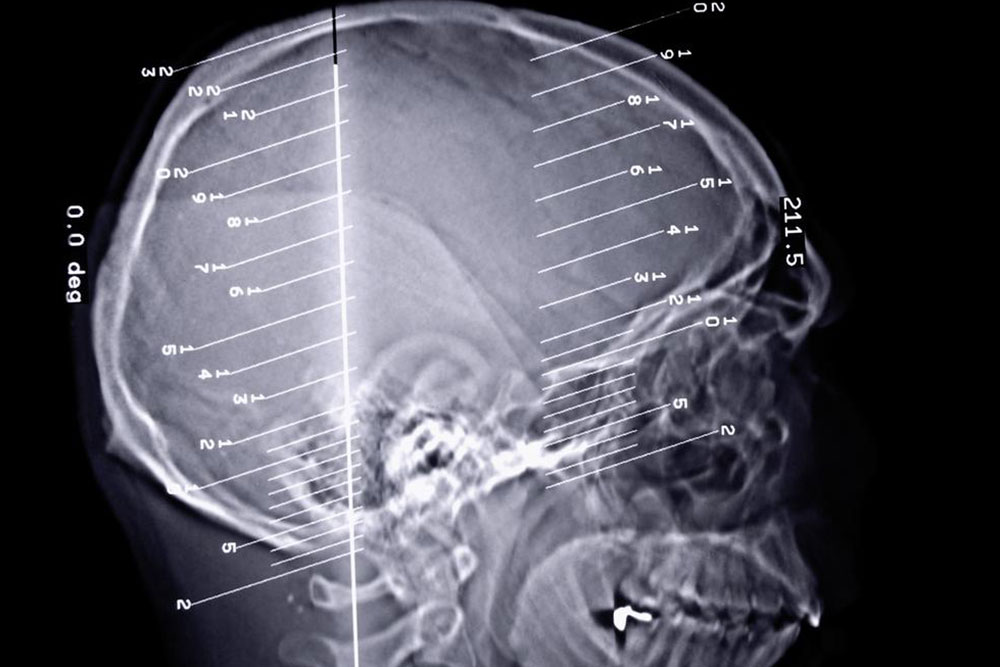Early Warning Signs and Stages of Huntington's Disease
Learn to identify early signs of Huntington's Disease, a hereditary neurological disorder, including movement and behavioral symptoms. Understanding its progression can aid in timely diagnosis and management, improving quality of life. The article covers causes, stages, and key warning signs to watch for.

Huntington's Disease (HD) is an incurable, life-threatening neurological condition resulting from nerve cell degeneration in the brain. As an inherited disorder, it significantly impacts daily functioning, affecting movement, cognition, and perception. It can also lead to psychiatric issues such as bipolar disorder, OCD, and manic behaviors. Individuals may struggle with basic tasks like walking, speaking, and reasoning, becoming dependent on caregivers over time. HD progressively damages nerve cells, leading to severe disabilities.
Approximately 1 in 10,000 Americans are affected, primarily those aged 30-40. Recognizing early symptoms like clumsiness, involuntary movements, memory lapses, mood swings, and depression can facilitate early intervention. The disease is caused by a defective gene, passed from parent to child with a 50% inheritance risk. It develops through three stages: initial coordination issues, impaired mobility and speech, and total dependence, with the risk of fatal complications like choking. Early detection is crucial for managing the condition effectively.










